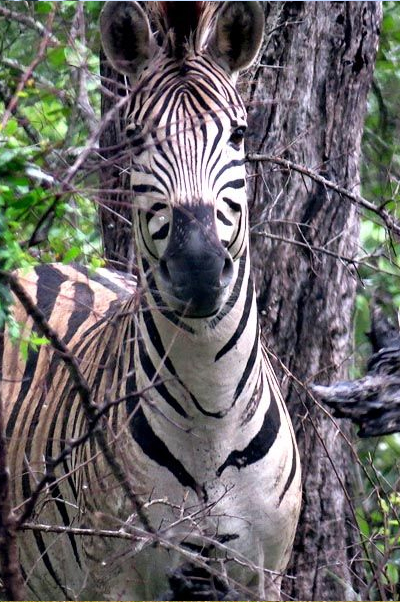Eswatini Tourism
Although being the smallest landlocked country in the Southern Hemisphere and the second smallest in continental Africa, Eswatini, formerly known as Swaziland, more than compensates for its modest size with a vast array of attractions and activities.
Being one of Africa's few surviving kingdoms, tradition and legacy are firmly ingrained in all parts of Swazi life, providing visitors with a memorable experience. In addition to the rich culture, the overwhelming kindness of the people makes all tourists feel really welcome and secure. Add to that stunning scenery of mountains, valleys, forests, and plains, as well as wildlife reserves across the country that are home to The Big Five, and a fascinating mix of modern and traditional festivals, ceremonies, and events, and you have all of Africa's best in one small but perfectly formed and welcoming country.
Cultural Tourism
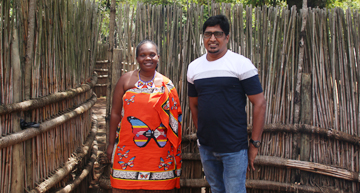
Eswatini is a country rich in culture and tradition, and cultural tourism is one of the main draws for visitors to the country. Visitors can take part in cultural experiences such as traditional dancing, singing, and drumming performances, as well as craft markets where they can purchase locally made handicrafts and artwork.
Nature Tourism
Eswatini is home to a number of national parks and reserves that offer visitors the chance to experience the country's diverse wildlife and natural beauty. The Hlane Royal National Park is one of the most popular parks in the country, and visitors can take guided safaris to see elephants, lions, and other wildlife.
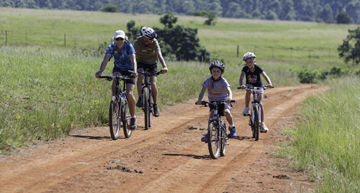
Adventure Tourism

Eswatini offers a range of adventure activities such as hiking, mountain biking, and white water rafting. The country's diverse landscape, which includes mountains, rivers, and forests, makes it an ideal destination for adventure seekers.
Wellness Tourism
Eswatini is known for its natural healing and wellness practices, and visitors can take part in traditional healing ceremonies, meditation and yoga retreats, and spa treatments.
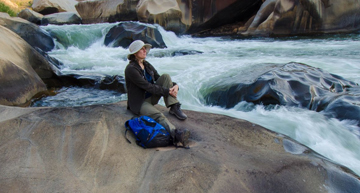
Historical Tourism

Eswatini has a rich history dating back to the 18th century, and visitors can explore historical landmarks such as the Mantenga Cultural Village, which offers a glimpse into traditional Swazi life, and the Mlilwane Wildlife Sanctuary, which was once a royal hunting ground.
Major Tourist Spots
The lush and hilly Kingdom of Swaziland, currently formally known as eSwatini, borders Mozambique in the southeast of Africa and is Africa's last absolute monarchy. This little but scenically lovely nation is a hiker's paradise, with green peaks, rivers, ravines, rolling valleys, and waterfalls. Natural reserves are the main draw here, and while only a handful of them are home to the Big Five (lion, leopard, elephant, buffalo, and rhino), they all provide an intimate game-viewing experience, magnificent landscape, and a diverse range of species.
Swaziland also takes great pride in preserving its distinctive culture, customs, and festivals. Visitors are welcome to attend Incwala, an elaborate three-week kingship ritual held in December and January, and Umhlanga, the lively Reed Dancing celebration held in the final week of August or the first week of September.
Hlane Royal National Park
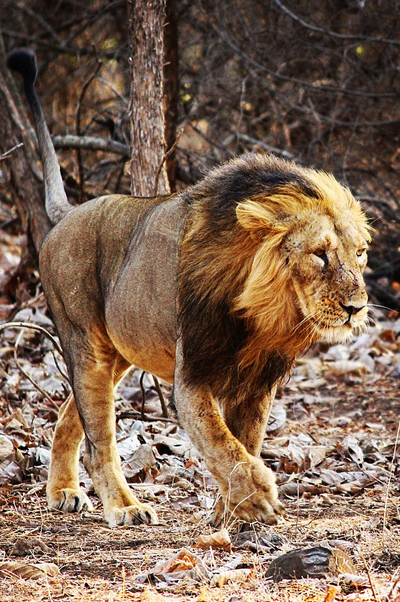
Hlane Royal National Park is a protected area located in the eastern part of Swaziland, a country in Southern Africa. The park covers an area of approximately 30,000 hectares and was established in 1967 as a game reserve before being declared a national park in 1992.
The park is home to a variety of wildlife, including lions, elephants, rhinos, giraffes, zebras, and numerous species of antelopes. It is also a popular destination for birdwatching, with over 350 species of birds having been recorded in the park.
Visitors to Hlane Royal National Park can participate in a variety of activities, such as game drives, guided walks, and birdwatching tours. The park also offers accommodation options, including traditional Swazi-style beehive huts, chalets, and a luxury lodge.
Hlane Royal National Park is an important conservation area in Swaziland and is managed by the Eswatini National Trust Commission, which is responsible for the conservation and protection of the country's natural resources.
Mlilwane Wildlife Sanctuary
Mlilwane Wildlife Sanctuary is a protected area located in the Ezulwini Valley of Swaziland, a country in Southern Africa. The sanctuary was established in 1961 and covers an area of approximately 4,560 hectares.
Mlilwane Wildlife Sanctuary is home to a variety of wildlife, including impalas, zebras, wildebeest, giraffes, warthogs, and numerous species of antelopes. The sanctuary is also a birdwatcher's paradise, with over 230 species of birds having been recorded in the area.
Visitors to Mlilwane Wildlife Sanctuary can participate in a range of activities, including guided walks, horseback riding, mountain biking, and game drives. The sanctuary also offers accommodation options, such as traditional Swazi-style beehive huts, self-catering cottages, and camping facilities.
Mlilwane Wildlife Sanctuary is managed by the Eswatini National Trust Commission, which is responsible for the conservation and protection of Swaziland's natural resources. The sanctuary is an important conservation area in Swaziland and is known for its commitment to ecotourism and community-based conservation initiatives.
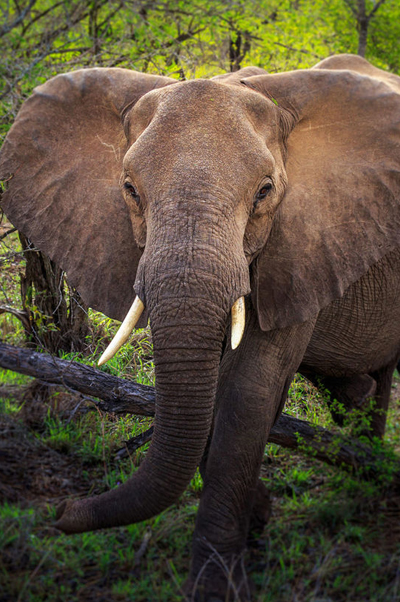
Mantenga Cultural Village
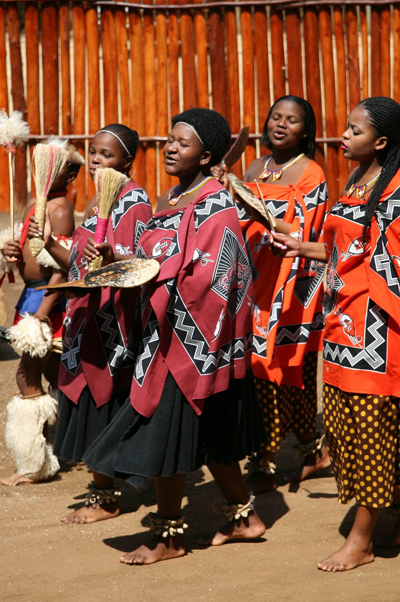
Mantenga Cultural Village is a cultural heritage site located in the Ezulwini Valley of Swaziland, a country in Southern Africa. The village is an open-air museum that provides visitors with a glimpse into traditional Swazi life and culture.
The village features a number of traditional Swazi homesteads, each with its own unique architecture and design. Visitors can learn about the various aspects of Swazi culture, including traditional dances, music, and crafts. The village also has a cultural museum that showcases Swazi artifacts and offers insights into the history and traditions of the Swazi people.
One of the highlights of a visit to Mantenga Cultural Village is the Swazi cultural show, which features traditional dancing and singing performances by local performers dressed in colorful Swazi attire. Visitors can also participate in workshops to learn about traditional Swazi crafts, such as basket weaving and pottery making.
Mantenga Cultural Village is managed by the Eswatini National Trust Commission and is a popular tourist attraction in Swaziland. The village offers visitors a unique opportunity to learn about and experience Swazi culture firsthand.
Ezulwini Valley
Ezulwini Valley is a scenic valley located in the western part of Swaziland, a country in Southern Africa. The valley is known for its beautiful landscapes, rolling hills, and lush vegetation, making it a popular tourist destination in Swaziland.
Ezulwini Valley is home to a number of tourist attractions, including the Mlilwane Wildlife Sanctuary, the Mantenga Cultural Village, and the Swazi Cultural Village. The valley also has a number of hotels and resorts, as well as restaurants and craft markets that offer a variety of Swazi arts and crafts.
One of the main attractions of Ezulwini Valley is the Malolotja Nature Reserve, which is located in the northern part of the valley. The reserve is home to a variety of wildlife, including antelopes, zebras, and over 280 species of birds. Visitors can participate in a range of outdoor activities, such as hiking, mountain biking, and horseback riding.
Ezulwini Valley is also a hub for cultural events and festivals, including the annual Umhlanga Reed Dance ceremony, which takes place in August and September each year. The ceremony is a traditional Swazi cultural event that involves young Swazi women collecting reeds to present to the queen mother.
Overall, Ezulwini Valley is a must-visit destination for anyone traveling to Swaziland, offering a unique blend of natural beauty, cultural experiences, and outdoor activities.

Sibebe Rock
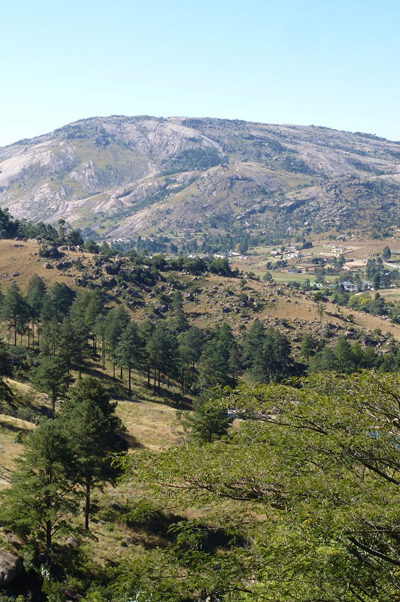
Sibebe Rock is a large granite rock formation located near the town of Ngwenya in Swaziland, a country in Southern Africa. The rock is one of the largest exposed granite plutons in the world and is estimated to be around 3 billion years old.
Sibebe Rock is a popular tourist attraction in Swaziland and is a favorite destination for hikers and rock climbers. The rock stands at over 350 meters tall and offers spectacular views of the surrounding countryside from its summit. The hike to the top of the rock takes around 3-4 hours and requires a moderate level of fitness.
In addition to its natural beauty, Sibebe Rock is also an important cultural and historical site for the Swazi people. The rock has been a source of spiritual and cultural significance for the Swazi people for centuries and is believed to be the dwelling place of ancestral spirits.
Visitors to Sibebe Rock can participate in guided hikes and cultural tours, which provide insights into the history and significance of the rock for the Swazi people. The surrounding area also has a number of accommodation options, such as lodges and campsites, making it a popular destination for overnight stays and weekend getaways.
Mkhaya Game Reserve
Mkhaya Game Reserve is a protected area located in the eastern lowveld region of Swaziland, a country in Southern Africa. The reserve was established in 1979 and covers an area of approximately 7,500 hectares. Mkhaya Game Reserve is known for its wildlife conservation efforts and is home to a number of endangered species, including black and white rhinoceroses, elephants, buffalos, and a variety of antelope species. The reserve also has a large population of birds, making it a popular destination for birdwatchers.
Visitors to Mkhaya Game Reserve can participate in guided game drives and guided walks, which offer the opportunity to see the reserve's wildlife up close. The reserve also offers guided night drives, providing visitors with a unique perspective on the reserve's nocturnal wildlife.
Mkhaya Game Reserve is managed by the Big Game Parks organization, which is responsible for the conservation and protection of Swaziland's natural resources. The organization has a strong commitment to sustainable tourism and community-based conservation initiatives.
The reserve offers a range of accommodation options, including traditional Swazi beehive huts, which provide visitors with a unique and authentic Swazi experience. The reserve's lodges and campsites also offer a range of amenities, including swimming pools, restaurants, and game-viewing decks. Overall, Mkhaya Game Reserve is a must-visit destination for anyone traveling to Swaziland who is interested in wildlife conservation and sustainable tourism.
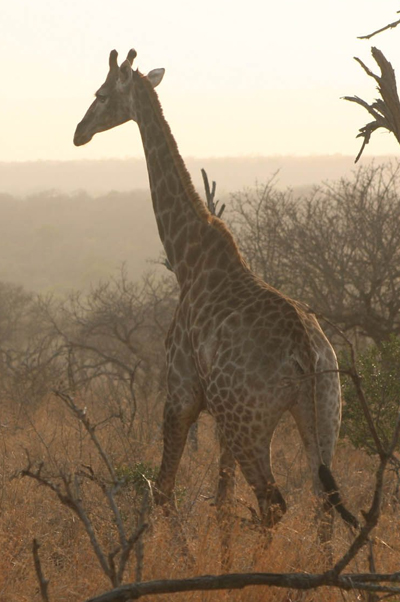
Malolotja Nature Reserve
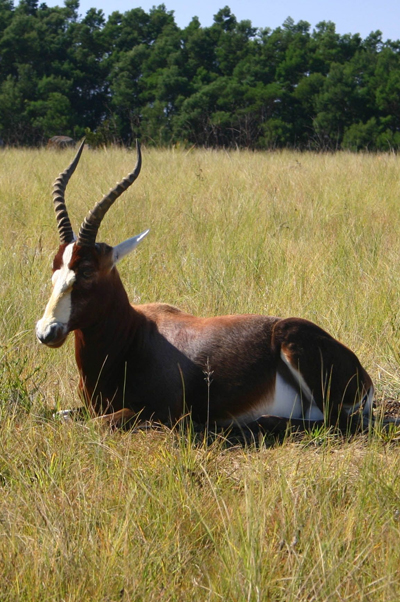
Malolotja Nature Reserve is a protected area located in the northern part of Swaziland, a country in Southern Africa. The reserve was established in 1978 and covers an area of approximately 18,000 hectares.
The reserve is known for its diverse range of flora and fauna, including over 280 species of birds, various antelope species, and smaller mammals like baboons and monkeys. Malolotja Nature Reserve is also home to the endangered Cape vulture, which is a rare sight in other parts of Southern Africa.
Visitors to the reserve can participate in a variety of outdoor activities, including hiking, mountain biking, and horseback riding. The reserve offers a network of hiking trails, ranging from easy strolls to challenging hikes that take visitors through mountainous terrain and offer breathtaking views of the surrounding countryside.
One of the highlights of Malolotja Nature Reserve is the Malolotja Canopy Tour, which takes visitors on a zip-line adventure through the forest canopy. The tour offers visitors a unique perspective on the reserve's flora and fauna and is suitable for visitors of all ages.
Malolotja Nature Reserve offers a range of accommodation options, including self-catering chalets and campsites. The reserve's lodges and campsites offer a range of amenities, including swimming pools, restaurants, and game-viewing decks.
Overall, Malolotja Nature Reserve is a must-visit destination for anyone traveling to Swaziland who is interested in outdoor activities and wildlife conservation. The reserve offers a unique and authentic Swazi experience, with stunning landscapes and a diverse range of flora and fauna.
Mlawula Nature Reserve
Mlawula Nature Reserve is a protected area located in the eastern lowveld region of Swaziland, a country in Southern Africa. The reserve was established in 1983 and covers an area of approximately 16,500 hectares.
The reserve is known for its diverse range of wildlife, including a variety of antelope species, zebras, giraffes, and smaller mammals like warthogs and monkeys. Mlawula Nature Reserve is also home to over 350 species of birds, making it a popular destination for birdwatchers.
Visitors to the reserve can participate in a range of outdoor activities, including hiking, mountain biking, and game drives. The reserve offers a network of hiking trails, ranging from easy strolls to challenging hikes that take visitors through rugged terrain and offer spectacular views of the surrounding countryside.
One of the highlights of Mlawula Nature Reserve is the Ngwempisi Gorge, a dramatic river gorge that cuts through the reserve's rugged terrain. Visitors can explore the gorge on foot, taking in the stunning scenery and enjoying the cool waters of the river.
Mlawula Nature Reserve offers a range of accommodation options, including self-catering chalets and campsites. The reserve's lodges and campsites offer a range of amenities, including swimming pools, restaurants, and game-viewing decks.
Overall, Mlawula Nature Reserve is a must-visit destination for anyone traveling to Swaziland who is interested in outdoor activities and wildlife conservation. The reserve offers a unique and authentic Swazi experience, with stunning landscapes and a diverse range of flora and fauna.
